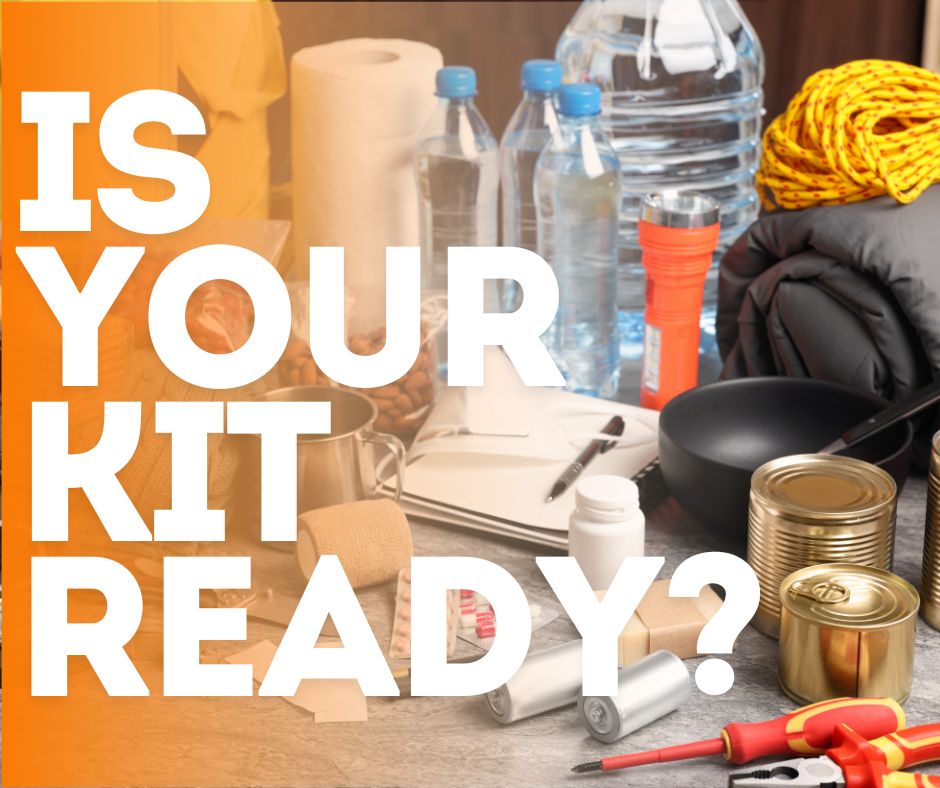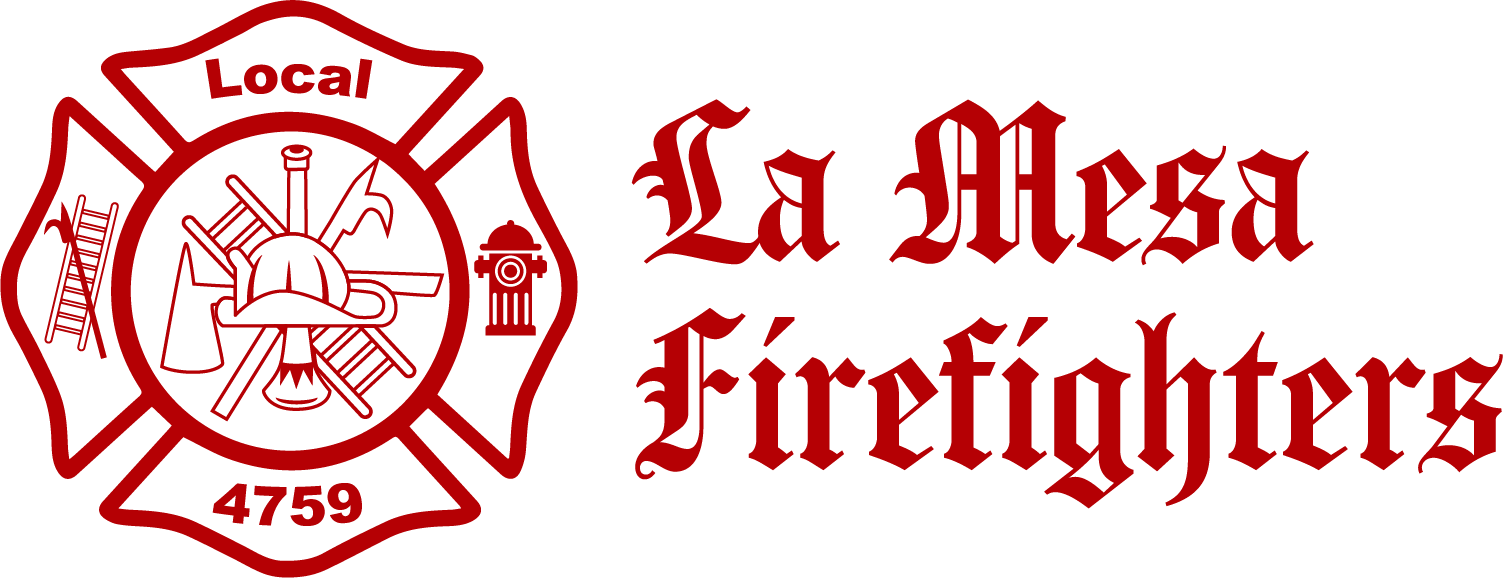Preparedness is the key to recovery
Emergencies, big or small, happen to everyone. You may not have a choice as to whether or not you are affected – but you can choose to do something to prepare so that your recovery is more manageable. It is important to plan in advance: how you will connect with one another; how you will get back together; and what you will do in different situations.
These three general steps can help you be prepared for the next disaster, no matter what form it takes; earthquake, wildfire, flood or a fire in your home:
- Make a plan – Involve everyone in your family as you create your plan
- Build a kit – Your kit should include water, food and other items necessary for daily life. You don’t have to do it all at once, and it doesn’t have to be expensive! In fact here’s a way you can build a kit on a budget.
- Stay informed – As well as TV and old fashioned radio, there are many free, government sponsored phone apps that can help you to know what’s going on around you.
These links will take you to websites with more in-depth information on how you can be better prepared:
Heartland Fire
Alert San Diego
Ready.gov

Earthquake
Living in California, we all should understand that earthquakes can happen anywhere at any time. There are ways that we can prepare in advance, that can lower the impact of a quake. Here are some basic things you can do to be ready:
- Identify Safe Places Indoors & Outdoors
- Fasten shelves and décor securely to walls
- Place heavy objects on lower shelves
- Hang heavy items away from places where people sit
- Have Emergency Supplies on Hand
- Develop a Communication Plan
During an earthquake:
- Drop to the ground
- Take cover under a sturdy table or other heavy furniture
- If there is nothing to get under, cover your face and head with your arms and crouch near an inside wall
- Hold on until the shaking stops
- Drop to the ground
- Take cover under a sturdy table or other heavy furniture
- If there is nothing to get under, cover your face and head with your arms and crouch near an inside wall
- Hold on until the shaking stops
Here are links to additional resources you’ll find helpful:
https://www.heartlandfire.org/171/Earthquake-Preparedness
https://www.alertsandiego.org/en-us/preparedness/earthquake.html https://www.ready.gov/earthquakes
Flood
We’ve seen an increase in rain related flooding events over the past couple of years. Flooding is unique in that we don’t often think about them until the water begins to rise. And flood waters create their own unique issues, even after the water recedes.
Things to do during a flood:
- Evacuate if told to do so
- If an evacuation ordered is issued, go to the designated shelter nearest you
- If you can’t evacuate, move to higher ground if you can do so safely
- Do not walk, swim or drive through flood waters
- Six inches of moving water can knock an adult down, and one foot of moving water can sweep a vehicle away
Here are a few things you can do to help mitigate damage to you home from flooding:
- Know your flood risk – If you are unsure about the flood risk in your area, there are resources available to help you determine you flood risk.
- Sandbags – If heavy rains are predicted, get the sandbags you need well in advance of the storm.
- If there is a culvert on or near your property, make sure it’s clear of debris
- Flood insurance – You may want to investigate purchasing flood insurance
Here is a list of additional flood related resources:
https://www.alertsandiego.org/en-us/preparedness/flooding.html
Wildfire
If you’ve lived in California long enough, you know that wildfire is a real and ever-present danger. Many of our neighborhoods run right up into brush covered hills. A wind driven wildfire moves fast, leaving little time for you to react. If you are told to evacuate, do so immediately, do not wait! Preparing in advance can help you evacuate quickly, if the time comes.
Here are some things everyone can do to help protect their homes:
- Keep stacks of firewood away from your home
- Clear your property of brush, dried leaves and weeds
- Regularly clean the roof and gutters
- Store barbecues and yard maintenance equipment, and the fuel, well away from your home
These resources can help you to prepare for wildfire:
https://www.heartlandfire.org/177/Wildfire-Preparedness
https://www.alertsandiego.org/en-us/preparedness/wildfire.html https://www.ready.gov/wildfires
Pets
Your pets are important members of your family! This is why they should be included in your family’s emergency plan. Here are some things you might want to do to get your pet disaster ready.
- Have your pet chipped in case you get separated
- Build an emergency supply kit for your pets too
- Put a favorite toy, treats or bedding in your pet’s emergency kit to help reduce their stress.
- Add extra pet food & water to your grocery list to update your pet’s emergency kit.
- Food, water, collar, veterinary records and any medications are some items for your pet’s emergency kit
- Take care of farm friends in an emergency. Pack emergency items for them too, including vehicles and trailers.
https://www.aspca.org/pet-care/general-pet-care/disaster-preparedness

